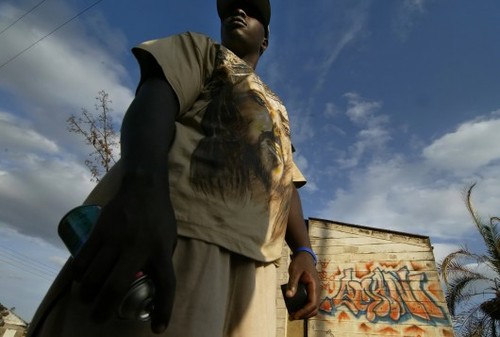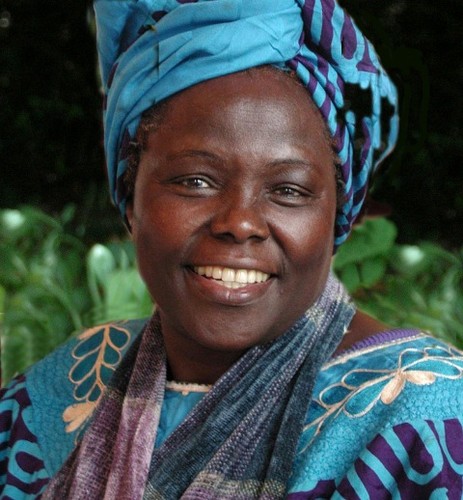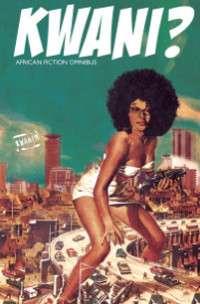"BOMBE – Les graffeurs kényans contre la corruption"
Publicado23 Mar 2012

Deux heures du matin, dans une rue en plein cœur de Nairobi, la capitale du Kenya. Un générateur d'électricité portable, des bombes aérosol, un mur vierge, Boniface Mwangi et son crew de graffeurs sont prêts à entrer en action.
Quelques dizaines de minutes plus tard, la façade est recouverte d'un immense graffiti représentant un homme politique à tête de vautour. Confortablement installé dans un fauteuil, il sourit. Dans une bulle : "Je suis un leader tribal. Ils pillent, violent et tuent en mon nom. Je vole leurs impôts et m'accaparent leurs terres mais ces imbéciles vont encore voter pour moi." La semaine dernière, toute l'équipe a passé la nuit à taguer les rues de la capitale : "Voter pour éjecter les vautours du Parlement" est apparue en swahili, la langue nationale avec l'anglais, sur plus de 40 carrefours de la ville.
Continuar a ler no Le Monde.


